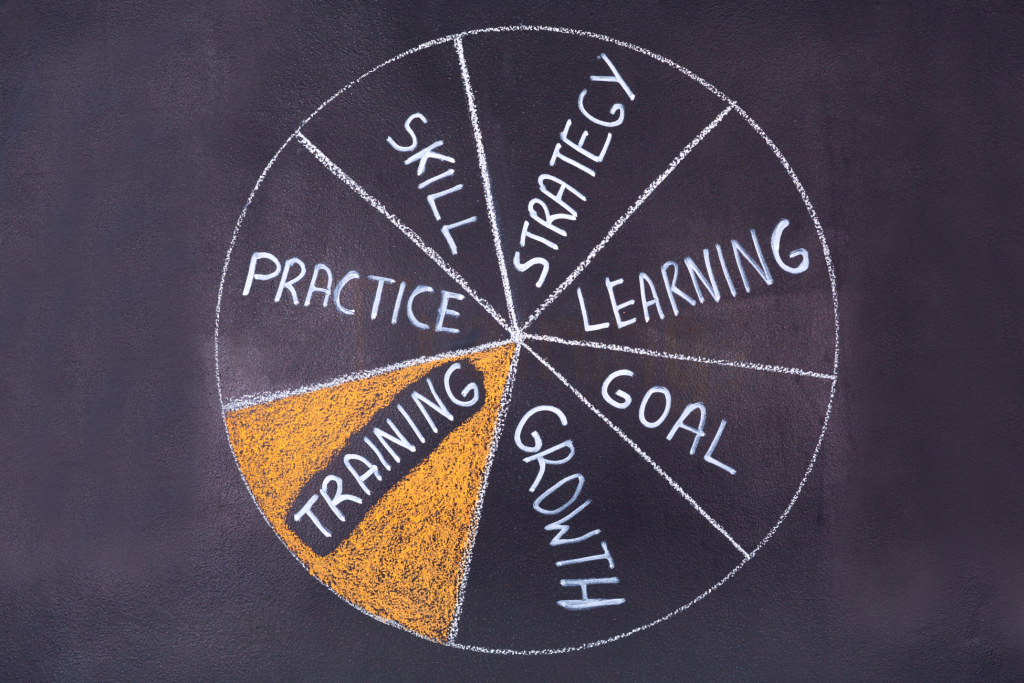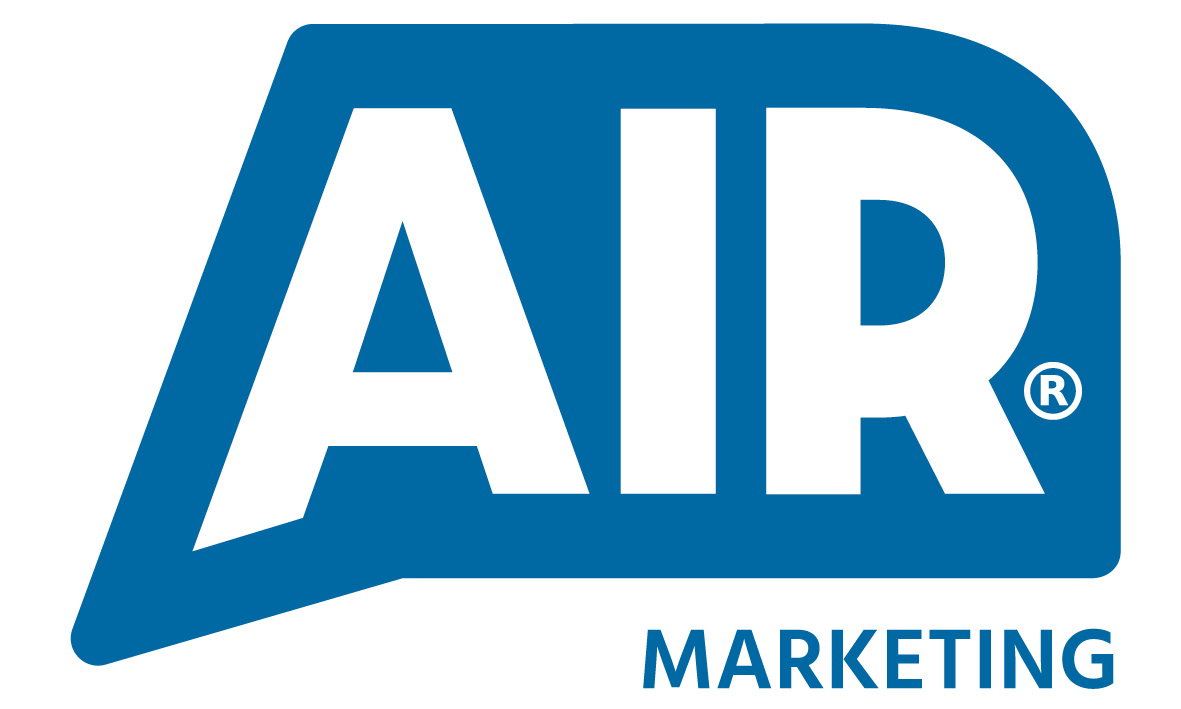When it comes to training, I have often found that the main objection I’m met with is cost and the potential loss of investment – “what happens if we train our staff and they leave?” My response… what happens if we don’t and they stay?”
Yes, training can be expensive and in businesses, people come and go. However, if the training is right, the relevant benefits far outweigh the cost. Training is vital in the workplace as it aids both personal and company growth. Training also makes employees feel valued and invested in, resulting in a happy environment and increased productivity.
Training can benefit company growth in numerous ways:
- Best practice: Training expands the knowledge base of all employees within a company. By sharing best practice within the company, all employees understanding of procedures and processes and how to deliver a high standard of quality, can then be replicated daily and maintained throughout the entire team.
- Consistency: Best practice goes hand-in-hand with consistency. With constant and relevant training from day one, all employees should receive a solid foundation of knowledge, which can then be built upon. With this foundation, all employees will possess the tools and knowledge to carry out and deliver work of the same outstanding standard and quality.
- Motivation: It is important to keep employees motivated as it has a direct effect on productivity. An increase in motivation will directly increase the productivity of employees and their overall performance as well as that of a team. In turn, this will generate more return on investment (ROI) for the client and the company, representing the importance of investing time and resources into training.
- Employee satisfaction: Morale is high when productivity and performance throughout the company are strong. This coupled with personal achievements brings employee satisfaction, whereby employees are happy and feel valued, in turn they perform well. It’s a full circle that all stems from and starts with training.
- Weak areas: Identifying and addressing weaknesses in a company presents the opportunity to carry out refresher training or upskill sessions to educate and share knowledge. This ensures that everyone is comfortable in what is required from them and the level of performance is once again maintained.
- Collaboration: We all know that ‘two heads are better than one’. It makes sense then to share knowledge and experience, both within specific teams as well as between them. Coming together to help one another, as well as bringing different perspectives and opinions can sometimes be beneficial for everyone involved and helps to present various aspects of the company in various ways. This can be a training lead collaboration, whereby everyone can learn and benefit while also feeling like they have a voice.
- Reduced employee turnover: When employees receive the relevant and correct amount of training, they should feel more comfortable and confident in the workplace being able to carry out all aspects of their role with ease. Thus, reducing anxiety, unhappiness and a desire to leave the company.
Training doesn’t always need to be delivered in-house. At times it is necessary to seek out external guidance and assistance. External training really helps with:
- Access to expertise: When specific training is required, it is always best to go directly to the source and get the experts in, as they will know all the relevant information and the current tips and techniques being utilised and will be able to share best practice.
- Fresh look: External trainers may be able to provide valuable insight into inefficiencies within the company and help us to see opportunities for improvement that we could implement smoothly and efficiently. By bringing in an outside view, they can suggest changes that we may have otherwise not been aware of or thought of.
- Stretching our comfort zone: External trainers who are new to the business get employees stepping outside of their comfort zones immediately, as someone new is around.
When our comfort zones are stretched, we find it fosters creativity making us more flexible and adaptable to unexpected change. It also motivates us and increases our overall productivity and performance.
So, if you’re considering implementing a training programme for your team, give it a go, you’ll only know once you try – ‘the proof is in the pudding’ so to speak.
Opinion Piece by Nicolette Karides, Learning and Development Coordinator at Air Marketing.







